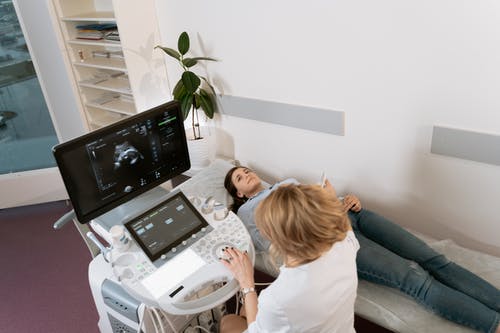Ultrasound has become an essential tool in obstetrics, significantly impacting prenatal care and the management of pregnancies. Its applications range from routine screenings to complex diagnostic assessments, making it a pivotal component of modern obstetric practice.
The Role of Ultrasound in Obstetrics
Obstetric ultrasound is primarily used for:
- Gestational Age Assessment: Determining the age of the fetus to aid in monitoring growth and development.
- Detection of Multiple Pregnancies: Identifying twins or triplets early in pregnancy.
- Fetal Well-being Assessment: Monitoring heart rate and movements to ensure the fetus is healthy.
- Anomaly Detection: Identifying potential congenital abnormalities that may require further investigation or intervention.
Routine ultrasound examinations are typically conducted at various stages of pregnancy, with early scans often focusing on dating the pregnancy and later scans assessing fetal development and placental health.
Advanced Technologies in Ultrasound
Recent advancements have enhanced the capabilities of obstetric ultrasound:
- 3D/4D Imaging: Provides detailed images of fetal anatomy, allowing for better visualization of abnormalities.
- Doppler Ultrasound: Assesses blood flow in the fetus and placenta, crucial for detecting conditions like fetal growth restriction.
- Artificial intelligence: Emerging technologies aim to improve diagnostic accuracy and workflow efficiency during ultrasound examinations.
Point-of-Care Ultrasound (POCUS)
Point-of-care ultrasound (POCUS) has gained traction in obstetrics, allowing clinicians to perform ultrasounds at the bedside. This method enhances immediate decision-making, particularly in emergencies where rapid assessment is critical. POCUS can confirm intrauterine pregnancies, assess fetal viability, and monitor complications without the need for specialized equipment.
Ethical Considerations
While ultrasound provides numerous benefits, its increasing use raises ethical concerns:
- Medicalization of pregnancy: There are debates about whether routine ultrasounds contribute to unnecessary medical interventions.
- Sex-Selective Abortions: The availability of ultrasound technology has led to ethical dilemmas regarding its use for non-medical purposes, such as gender selection.
Training and Education
Proper training in ultrasound techniques is vital for obstetricians and healthcare providers. Residency programs increasingly incorporate ultrasound training to ensure proficiency in both performing and interpreting scans. This education is crucial for improving patient outcomes and ensuring safe practices in obstetric care.
Conclusion
Ultrasound in obstetrics serves as a powerful tool that enhances prenatal care through early detection and ongoing monitoring of pregnancy health. As technology evolves, its applications will likely expand further, necessitating continuous education and ethical considerations among practitioners. The integration of advanced technologies promises to improve diagnostic capabilities while addressing the complexities associated with their use in clinical settings.


